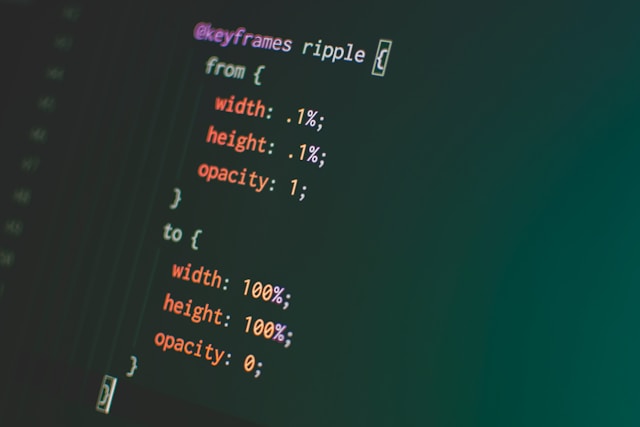In the grand theater of blockchain technology, where the spotlight often flits between various luminaries, Solana and Ethereum emerge as titanic protagonists in the saga of smart contracts. As we venture into this comparative odyssey, we shall unravel the intricacies that define their rivalry and examine the merits that each platform brings to the fore.
Ethereum: The Trailblazer of Smart Contracts
Ethereum, conceived by the prodigious Vitalik Buterin, stands as the venerable pioneer in the realm of smart contracts. Launched in 2015, it redefined the boundaries of blockchain utility, transcending the limitations of Bitcoin’s rudimentary scripting capabilities. Ethereum’s introduction of the Turing-complete language enabled developers to craft intricate decentralized applications (dApps), heralding an epoch of blockchain innovation.
The allure of Ethereum lies in its robust ecosystem, fortified by a vast and diverse array of developers and projects. Its blockchain is a labyrinthine network, meticulously designed to facilitate complex interactions and foster a thriving decentralized economy. However, Ethereum’s journey has not been without tribulations. The network has grappled with scalability quandaries and exorbitant gas fees, which have occasionally hampered its performance.
Solana: The New Vanguard
Enter Solana, a relative newcomer that has rapidly ascended the ranks since its inception in 2020. The platform, masterminded by Anatoly Yakovenko, has positioned itself as a formidable contender in the smart contract arena. Solana’s architecture is a marvel of contemporary blockchain engineering, characterized by its innovative Proof of History (PoH) consensus mechanism. This approach, coupled with its Proof of Stake (PoS) framework, bestows Solana with unparalleled speed and efficiency.
One of Solana’s most alluring attributes is its prodigious transaction throughput. The platform boasts the capability to handle thousands of transactions per second, a feat that eclipses Ethereum’s current performance metrics. This remarkable scalability addresses one of Ethereum’s most pressing concerns, making Solana an appealing alternative for developers and users alike.
Comparative Analysis: Performance and Scalability
In the realm of performance, Solana’s technical prowess is hard to overlook. Its ability to process transactions at lightning speed and at minimal cost positions it as a beacon of efficiency. Conversely, Ethereum’s transition to Ethereum 2.0 and the adoption of sharding and layer-two solutions are anticipated to ameliorate its scalability issues. Nevertheless, the transition is a protracted endeavor, and Ethereum’s current infrastructure continues to face challenges with network congestion and high transaction fees.
Ecosystem and Developer Engagement
Ethereum’s ecosystem, with its extensive array of dApps and DeFi projects, is a testament to its pioneering spirit. The platform has cultivated a vibrant community and an expansive developer network, both of which contribute to its sustained dominance in the space. Solana, though newer, has made significant strides in building its ecosystem. The burgeoning interest from developers and the influx of new projects indicate a promising trajectory.
The Future Landscape: A Convergence of Innovation
As the battle for supremacy in the smart contract domain continues, the interplay between Solana and Ethereum will likely catalyze further advancements in blockchain technology. Ethereum’s established infrastructure and ongoing upgrades juxtapose with Solana’s cutting-edge approach and rapid scalability. Both platforms, in their unique capacities, are sculpting the future of decentralized technology.
For those intrigued by Solana’s innovations and eager to delve deeper into its potential, visit https://boostylabs.com/blockchain/solana for more information.
In this dynamic and evolving landscape, the quest for blockchain dominance is far from over. As Solana and Ethereum vie for leadership, their respective contributions will indubitably shape the contours of the smart contract universe, setting the stage for an exhilarating chapter in blockchain history.









